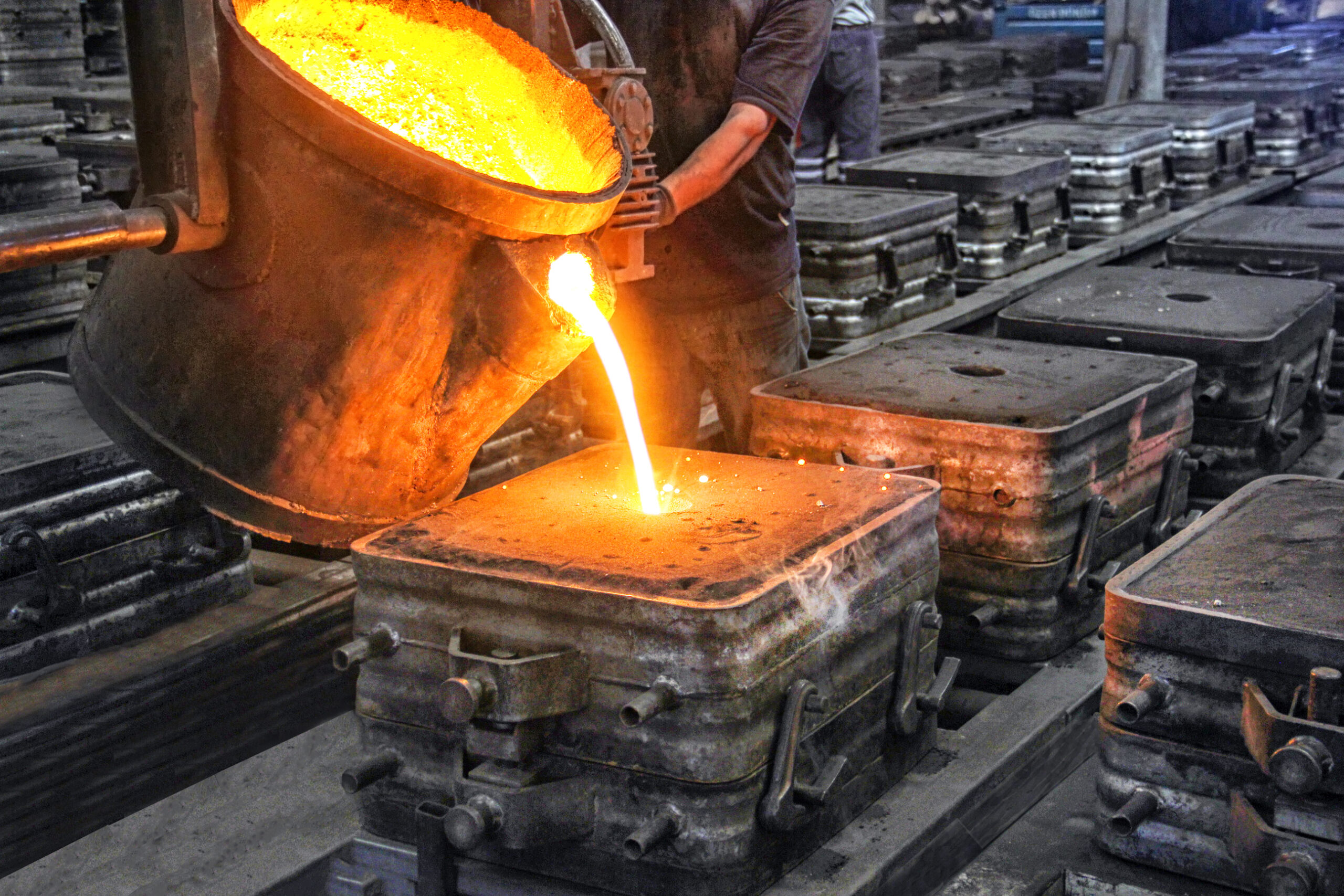Casting Spider-Man - Finding The Perfect Fit
Choosing who gets to portray Spider-Man on the big screen is, you know, a pretty big deal. It's much more than just picking a familiar face; it’s about finding someone who genuinely embodies the very core spirit of the character. This particular decision, in some respects, truly shapes how an entire generation comes to see their friendly neighborhood hero. The person selected needs to carry the weight of decades of stories and fan expectations, which is a rather significant task, to say the least.
A lot of deep thought goes into this kind of choice, almost like a very precise kind of transformation. It's a bit like making sure a piece of information changes its shape to fit a new container without losing what it truly is. For instance, when you have a specific vision for a character, the actor chosen must, apparently, be able to take on that exact form, becoming the hero we all expect while still bringing something fresh to the table. This isn't just a simple swap; it's a careful adaptation, you know, of an individual's qualities to a well-loved part.
There are many ways to approach this process of selecting an actor, and some methods are, well, just a little bit safer or more fitting than others. Just like with anything that involves precise changes, some paths can lead to a clear, successful outcome, while others might cause a fair bit of confusion or even, you know, a bit of a mismatch. Understanding these different approaches is quite important for getting the best possible result when picking someone to wear the iconic suit.
Table of Contents
- Why is Casting Spider-Man Such a Big Deal?
- What Makes a Spider-Man Actor Fit the Role?
- The Different Approaches to Casting Spider-Man
- When Does Casting Spider-Man Get Tricky?
- The Importance of "Converting" an Actor for the Role
- How Do We Know if the Spider-Man Casting "Works"?
- The Legacy of Casting Spider-Man
- What's Next for Casting Spider-Man?
Why is Casting Spider-Man Such a Big Deal?
Thinking about choosing an actor for Spider-Man is a lot like trying to grasp the main idea of a complex concept, you know, like understanding the very core of something. It's a process of making sure the right person transforms into the character. In a way, it’s very common because the character, Spider-Man himself, is like a clearly defined language, with specific traits and a consistent personality that everyone recognizes. The actor picked needs to fit into this structure seamlessly, almost as if they were always meant to be that particular type of hero. This isn't just about finding someone who looks the part; it's about finding someone who can truly become the role, embodying the spirit of Peter Parker and his web-slinging alter ego. It's a fundamental match, so to speak, between person and persona.
The character of Spider-Man has a very distinct "base type," meaning there are core qualities that make him who he is: a smart, relatable, often awkward young person with a strong sense of responsibility. The job of the casting team is to take an actor, who is, you know, an individual with their own set of skills and personality, and effectively "cast" them into this specific "subtype" of hero. This means the actor needs to be able to access and display those essential Spider-Man qualities, adapting their natural abilities to fit the established mold. It's about finding someone whose natural inclinations align with the character's fundamental nature, allowing for a smooth and believable transformation on screen. Basically, the actor becomes a specific version of that heroic ideal.
What Makes a Spider-Man Actor Fit the Role?
When it comes to picking the right person for Spider-Man, there are, you know, quite a few established guidelines. These are like the strict rules that dictate how different parts of a system connect. For instance, the actor needs to show a certain level of youthful energy, a sense of humor that often comes with quick wit, and a capacity for portraying vulnerability. These are the qualities that allow the actor, like a pointer to one object, to genuinely connect to the character, like a pointer to another, creating a believable link between the two. The selection process looks for individuals who can naturally embody these specific traits, making the connection between the actor and the character feel, you know, very real and true. It's about finding someone who can truly carry the character's essence.
Sometimes, the fit for the role happens almost without anyone having to try too hard. This is a bit like an "implicit conversion," where one thing naturally influences another to change its form. An actor might bring a certain charm or an unexpected depth to their audition that just, you know, perfectly clicks with the character of Spider-Man. Their natural personality or their way of delivering lines might simply align so well with what the character needs that the transformation feels effortless. This kind of natural alignment is incredibly valuable because it means the actor isn't just playing a part; they are, in a way, simply becoming it, making the process of selection feel quite organic and right.
The Different Approaches to Casting Spider-Man
When studios set out to find their Spider-Man, they can take a couple of different paths, kind of like choosing between a "static cast" and a "dynamic cast" in a project. A "static cast" might mean having a very clear, almost fixed idea of what they want the actor to be, perhaps sticking closely to a specific comic book look or a previously successful portrayal. This approach tends to be about finding someone who already, you know, seems to perfectly fit a pre-determined mold. On the other hand, a "dynamic cast" might involve a more open-ended search, looking for someone who brings a fresh perspective or an unexpected quality to the role, allowing the character to evolve a bit with the actor's interpretation. It's about whether you want to find a ready-made fit or someone who can grow into the part, basically.
The quest for the best way to pick the person for Spider-Man is a bit like figuring out the best practices for handling different kinds of information, like numbers that are whole, or those with decimal points. Studios consider various "types" of actors: some might be known for their comedic timing, others for their dramatic range, and some for their youthful appeal. These are, you know, like the "float," "double," and "int" types of actors. The goal is to figure out which combination or which specific "type" will yield the most authentic and engaging Spider-Man. It’s about weighing the actor's established strengths against the character's needs, trying to find that sweet spot where talent meets iconic role, so to speak.
When Does Casting Spider-Man Get Tricky?
Sometimes, picking the right actor for Spider-Man can feel a lot like working with a new database system for the first time, especially when the information you need, like dates, is stored in an unexpected way, like a simple string of letters and numbers. An actor's past roles or their public image might be, you know, "stored as a string" in people's minds. The challenge then becomes how to "convert" that existing perception to fit the specific "date" or era of Spider-Man they're trying to create. It means overcoming preconceived notions or an actor's previous typecasting to help the audience see them as the new web-slinger. This can be quite a delicate process, basically, to make sure the audience truly accepts the transformation.
There's also the risk that picking an actor who just doesn't quite fit the part can lead to problems; it's a bit like when trying to force something into a shape it wasn't made for, which can be, you know, rather unsafe. This is why studios often ask, "Why do you want to do this?" if a choice seems off. To make sure an actor truly belongs in the role, they use auditions and screen tests. These are like checking the "class of the object" to see if it truly matches the requirements. It's a way to verify if the actor genuinely embodies the character's spirit and abilities, making sure they're not just a close approximation but the real deal. This careful checking helps avoid major missteps, you know, that could affect the whole project.
The Importance of "Converting" an Actor for the Role
It's often better to think of the process as "converting" an actor into the role of Spider-Man rather than just "casting" them, because "converting" suggests a more active, guided process that helps avoid confusion. When you simply "cast" someone, it might imply they just show up and play the part. But with "converting," it means the director and the whole creative team work with the actor to shape their performance, to truly align their natural abilities with the character's needs. This active guidance, you know, helps ensure that the final portrayal is exactly what the story needs, leaving no room for misunderstanding about who this Spider-Man is meant to be. It's about fine-tuning the performance, basically, to achieve a specific style.
What's quite interesting is that different ways of guiding an actor, or different "conversion styles," can lead to surprisingly different outcomes, even from the same person. It's like how using a specific method to change information can return a different result than just a straightforward transformation. A director who focuses on the emotional depth might get a very different Spider-Man than one who prioritizes physical comedy. These varying approaches to working with the actor can truly alter the character's on-screen presence. It means that the way an actor is coached and directed is, you know, very important for shaping the final portrayal, sometimes yielding results that are completely unique and unexpected.
How Do We Know if the Spider-Man Casting "Works"?
Knowing if the choice for Spider-Man truly "works" is a bit like figuring out how to transform a simple list of numbers into a more complex, adaptable set. Imagine you have an actor's raw performance, like a basic list of whole numbers. The goal is to take that performance and, you know, present it in a way that is richer and more fluid, like passing it as a list of numbers with decimal points to a method. The question then becomes, "What's the best way of doing this?" For Spider-Man, it's about whether the audience accepts the actor's portrayal as genuine and compelling. Do they believe this person is truly Peter Parker? It's about the seamless transition from actor to character, which is, you know, very important for the film's success.
Ultimately, the success of the casting often comes down to how fluid and convincing the final performance appears on screen. This is a bit like the result of a calculation needing to be, you know, very precise and adaptable, like a floating-point number. If the actor's movements, their dialogue, and their emotional expressions all come together in a way that feels natural and unforced, then the "conversion" has been successful. The character needs to feel alive and real, not just an actor reciting lines. It's about creating a portrayal that resonates deeply with viewers, making them forget they're watching a performance and simply see Spider-Man, which is, you know, the ultimate goal.
The Legacy of Casting Spider-Man
The idea of casting for a role really only makes sense for something that can change, like a piece of information whose content can be updated. However, when we talk about iconic characters like Spider-Man, the core character itself, you know, is a fixed concept. It's like saying there are only objects that aren't contained by a single variable; the character exists independently

CASTING TERMINOLOGY – Bajrang Engineering

Sand Casting - Weld2Cast

Die Casting Process